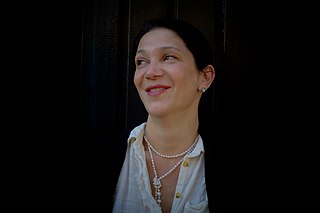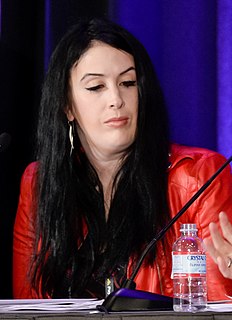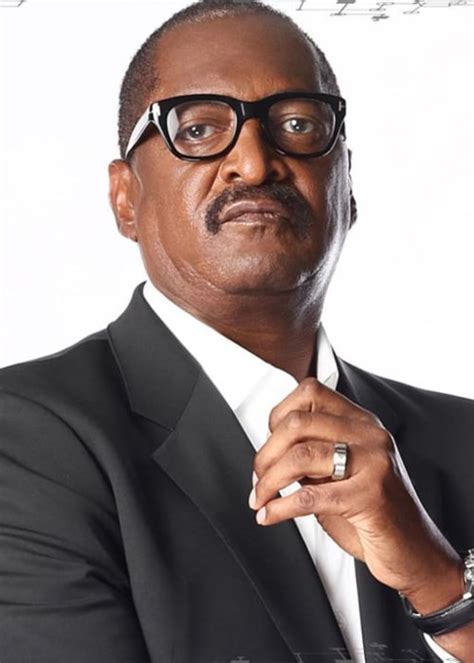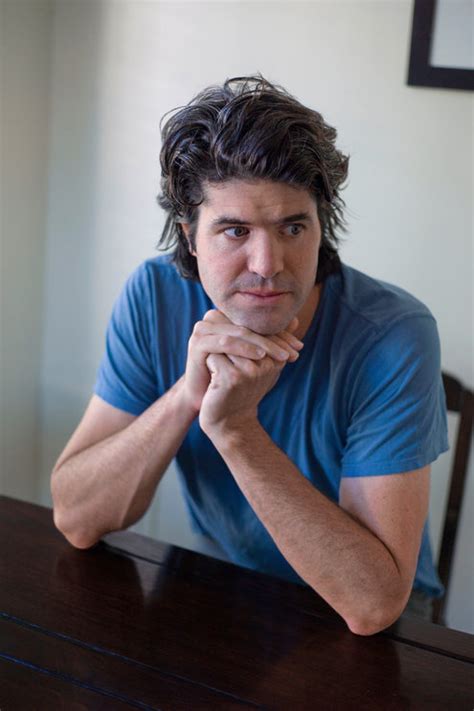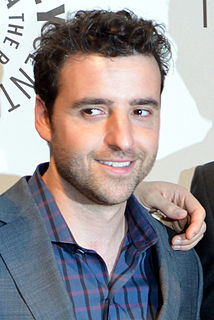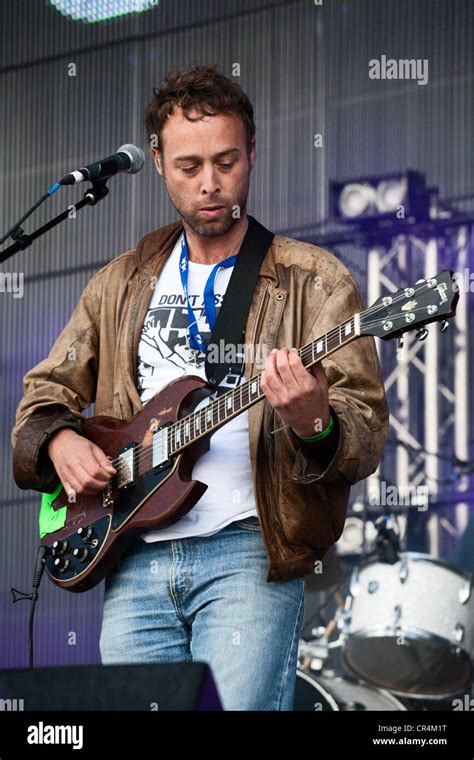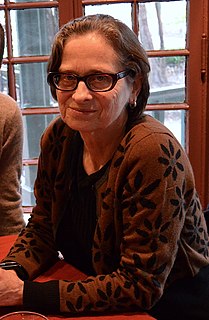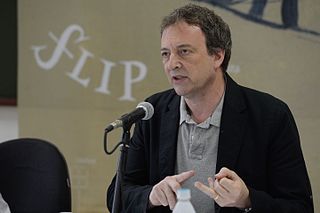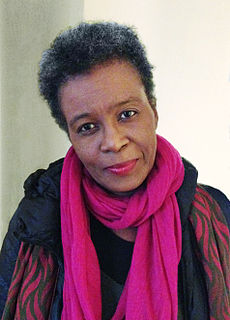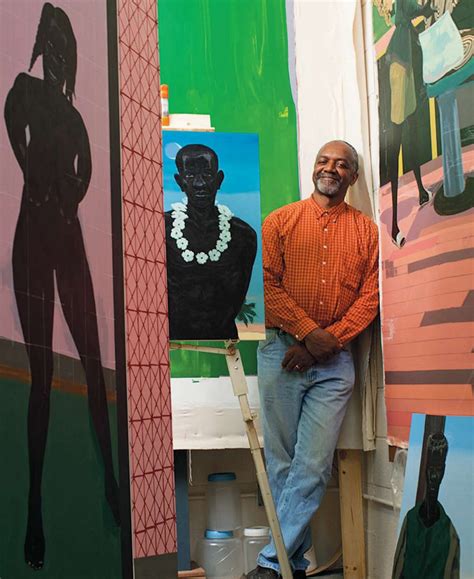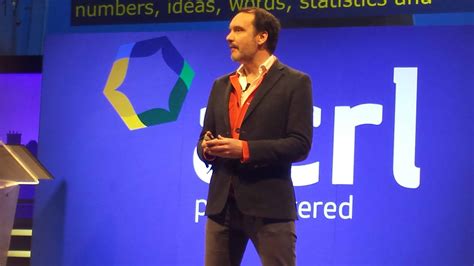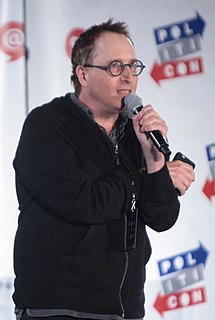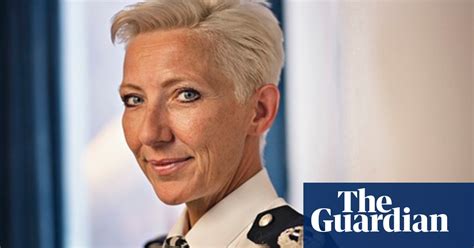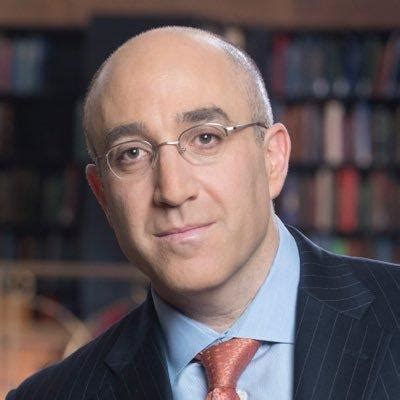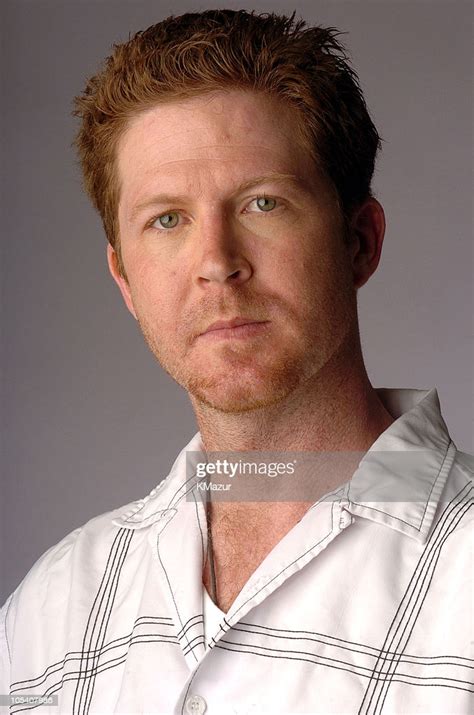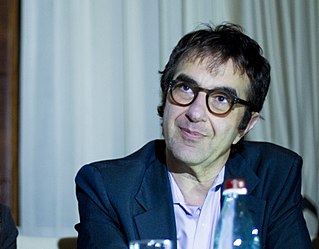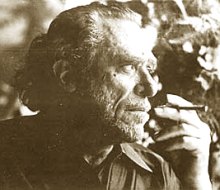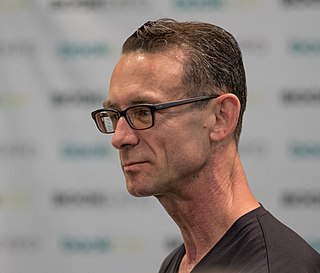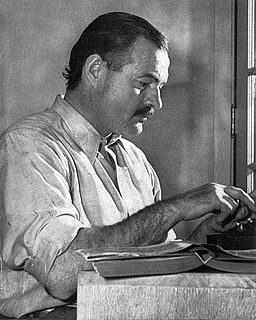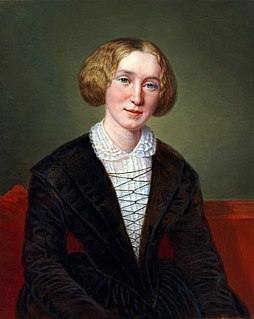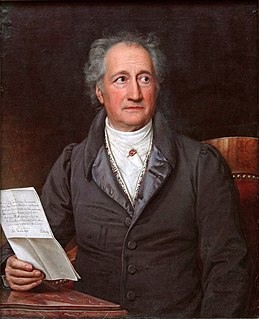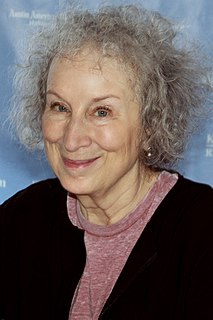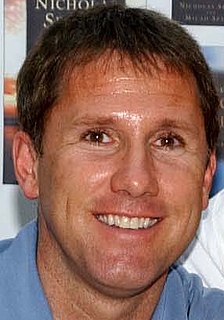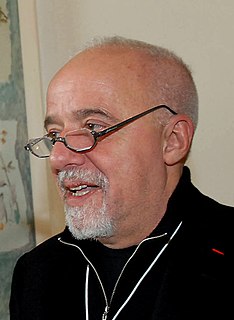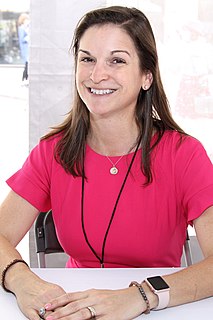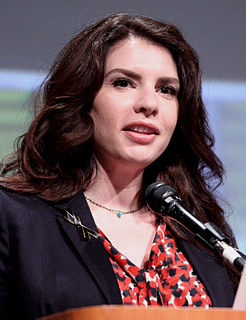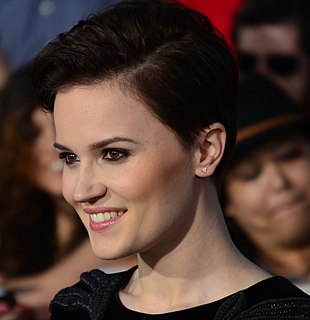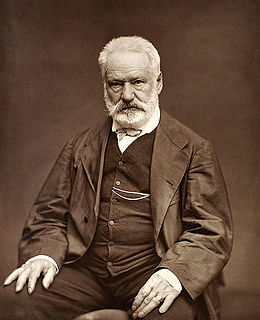A Quote by Sabina Murray
I guess the wildcard here is Terrence Malick. He supervised me while I was writing the script for Beautiful Country, and he is a genius, although not always easy to follow. What I learned from him is that the narrative can be tracked through all kinds of scenes, that the strong narrative thread is not always the one that is most obvious. Creating narrative with Malick was a bit like chasing a butterfly through a jungle. This approach to narrative is fun and complicated, something that makes the process of writing constantly interesting to this writer.
Quote Topics
All Kinds
Although
Always
Approach
Beautiful
Beautiful Country
Bit
Butterfly
Chasing
Complicated
Constantly
Country
Creating
Easy
Follow
Fun
Genius
Guess
Him
Interesting
Jungle
Kinds
Learned
Like
Makes
Me
Most
Narrative
Obvious
Process
Scenes
Script
Something
Strong
Thread
Through
While
Wildcard
Writer
Writing
Related Quotes
Ideally, writers and narrative designers should be included much earlier in the process, where they can be of most benefit. However, although the industry is slowly getting used to fitting narrative professionals into games development, we're still going through a bit of a 'square-peg in a round hole' phase.
In fact, one of the funny stories from that set [of Hail, Caesar!] is we were shooting my scene, and around lunchtime, Terrence Malick shows up on set. He was uninvited and no one knew who he was. But I knew, just looking at him. I was like, "Holy moley, that's Terrence Malick!" So I went and told the PA, "Hey, Terrence Malick is here, and I think he wants to see the Coen brothers. He wants to talk to Joel and Ethan." He just showed up unannounced, uninvited, and I guess they spent their lunch hour with him.
We all have an ongoing narrative inside our heads, the narrative that is spoken aloud if a friend asks a question. That narrative feels deeply natural to me. We also hang on to scraps of dialogue. Our memories don’t usually serve us up whole scenes complete with dialogue. So I suppose I’m saying that I like to work from what a character is likely to remember, from a more interior place.
When you're researching things that have happened, the clear narrative arc is not there already. This is the problem of writing nonfiction for me - writing nonfiction which is about serious subjects and has serious political and social points to make, yet which is meant to be popular to a degree - what happens when the facts don't fit a convenient narrative arc? I guess that for a lot of nonfiction writers that is a central challenge.
I just thought someone has to figure out how to break through that barrier and create a narrative for a black super hero story to unfold at the same scale as something like Star Wars. Rythm Mastr is about producing a narrative of a hero engaged in a struggle as complicated as those other stories. The catalyst for it was the beginning of the demolition of public housing in Chicago.
My focus is to push the medium to be what it truly can be. Something well beyond 360-video, which is where a lot of the initial money has gone…but, of course, it’s not real VR if you don’t have agency. So what I’ve been looking for for 25 years is that undiscovered country between gameplay and linear narrative and the emotional engagement of a cinematic narrative. And that takes a huge combination of interesting technological enablements, as well as an understanding of how to bring a multidisciplinary team on a process that is upside-down the traditional process.
I'm obsessed with this idea of storytellers and people who have a narrative, and sometimes sustain a relationship because they're telling a narrative and someone is listening to that. Often the nature of the relationship is determined by how well they tell the story, or someone else's ability to suspend disbelief, or infuse into their narrative something which they may not even be aware of.
